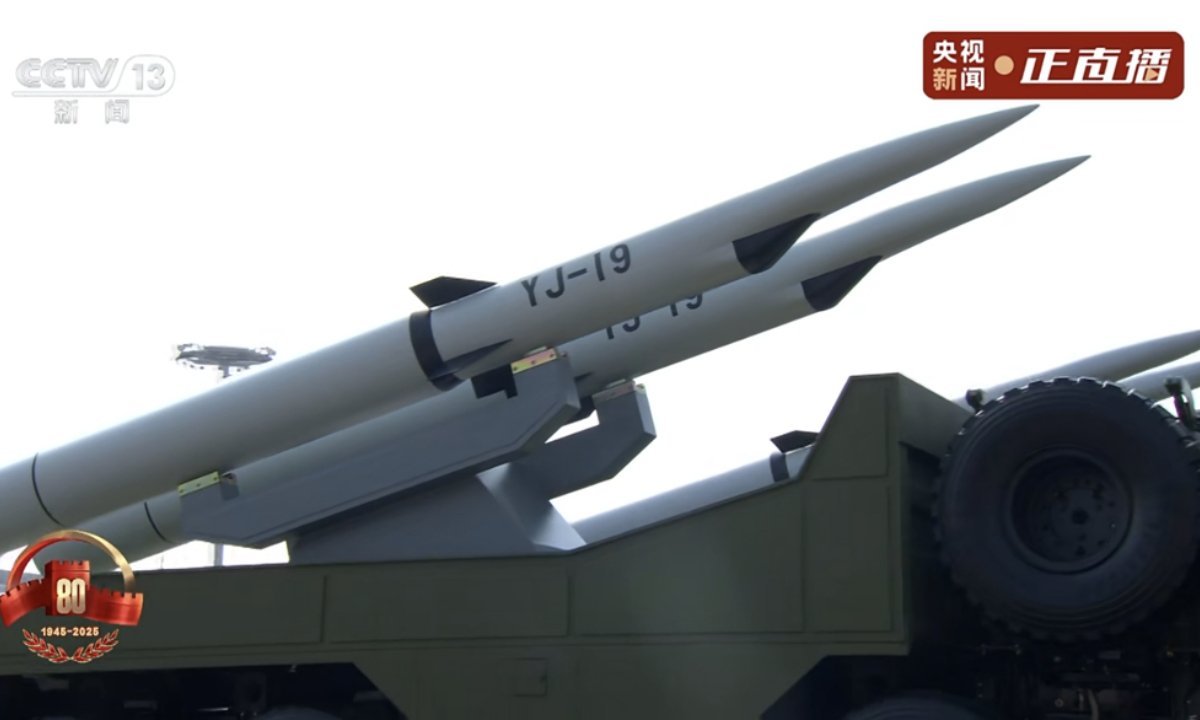
Donald Trump’s “Stargate”. The White House is betting on artificial intelligence without censorship
In addition to his already declared interests in natural resources and control over them, Donald Trump has also established himself as a supporter of the development and active use of artificial intelligence (AI) in various areas, as on the second day of his official term as US President he announced the creation of a new private joint venture that could have a significant impact on innovations in the field of AI in the US and abroad. The project was named Stargate, a reference to the famous science fiction work and Hollywood film.
Although Joe Biden also promoted the topic of AI and technological development and signed relevant decrees, he failed to achieve any breakthrough in practice. Given the growing competition from China and especially Beijing’s successes in its own development of artificial intelligence, this area will clearly be a priority for Trump. Stargate is expected to build up to 20 large AI data centers in the US, with an initial investment of $100 billion and plans to invest up to $500 billion by 2029. Even with such limited information, it seems like a grand initiative aimed at strengthening the US position as the undisputed world leader in AI.
Trump has been supported by OpenAI CEO Sam Altman, Oracle Chairman Larry Ellison and SoftBank CEO Masaesi Son. The three companies are leading the new joint venture. They have been joined by a fourth shareholder in the form of MGX, an AI investment fund controlled by the government of Abu Dhabi. In addition to OpenAI and Oracle, key technology developers include Microsoft, Nvidia and Arm. In fact, construction has already begun on ten data centers in the US as part of the project. Importantly, it was announced about a year ago that Microsoft was building an AI supercomputer for OpenAI with tens of thousands of Nvidia A100 GPUs. The project is being implemented in Abilene, Texas. Once completed, the plan is to immediately expand it to other facilities. And after the construction of ten data centers, each measuring 500,000 square meters, ten more will be built across the United States.
Microsoft has been a major sponsor and partner of OpenAI for many years, and OpenAI has been working closely with Nvidia since 2016. Microsoft is also involved in the collaboration with Nvidia, as many of the company’s GPUs are used in Azure data centers. The partnership between OpenAI and Oracle was recently launched, but artificial intelligence cannot function without a huge amount of high-quality and accessible data, and Oracle will use its expertise in information processing to power the Stargate data centers. It is clear that the Stargate project is initially aimed at US dominance in the field of artificial intelligence. In the published announcement of OpenAI, it is mentioned about the global competition in the field of AI:
“This infrastructure will ensure America’s leadership in the field of AI, create hundreds of thousands of American jobs and bring enormous economic benefits to the world. This project will not only support the reindustrialization of the United States, but also provide a strategic capability to protect the national security of America and its allies.”
Given the cadres of the current Donald Trump team, there is a high probability that the project will be prioritized and further investment can be obtained with the direct support of the White House. By the way, US Vice President Jay Dee Vance is also one of the most ardent supporters of the use of artificial intelligence. In his speech at the AI Action Summit in Paris in February 2025, he sharply criticized what he saw as “overregulation” and made it clear that the United States was willing to pursue its own course, even if it meant breaking with allies. Vance’s remarks made it clear that the administration sees AI not as a problem to be fought, but as an opportunity to be seized.
The Biden administration’s rhetoric about the inherent risk and the need to build protective barriers to AI is gone. Instead, the White House’s new approach prioritizes speed, power, and control over the global AI landscape. Specifically, Vance emphasized that the administration’s AI policy would be based on four points: first, maintaining U.S. AI development as the “gold standard around the world”; second, adopting an agenda of deregulation at home and abroad; third, preventing AI from becoming “a tool of authoritarian censorship”; and fourth, developing a “worker-centric AI growth path.”
Vance’s speech at the American Dynamism Summit, hosted by venture capital giant Andreessen Horowitz in mid-March 2025, provided the clearest indication yet of how the administration plans to achieve AI dominance, focusing in particular on what constitutes a worker-centered growth path. The summit, which aims to strengthen the U.S. industrial base and ensure the country’s economic and military resilience, was the ideal venue for Vance to discuss the administration’s priorities. In his speech, which identified AI as a cornerstone of America’s new industrial renaissance, he focused on three main themes:
1) deregulation as a catalyst for AI growth;
2) AI as a national security imperative; and
3) government as a market maker.
By the way, the issue of deregulation will create a conflict of interest with US partners, since, for example, the EU, Canada and Australia have their own understanding of the access of high-tech companies to their markets and are taking appropriate protectionist measures, including lawsuits against American giants in the field of AI. In general, Vance’s speech at the summit on American dynamism was somewhat similar to his theses in Paris, but with an emphasis not on international cooperation, but on the unification of techno-optimists and populists within the framework of the concept of the US industrial revival. Again, in line with the ideology of Trump’s election slogan “Make America Great Again”.


Leonid Savin


















